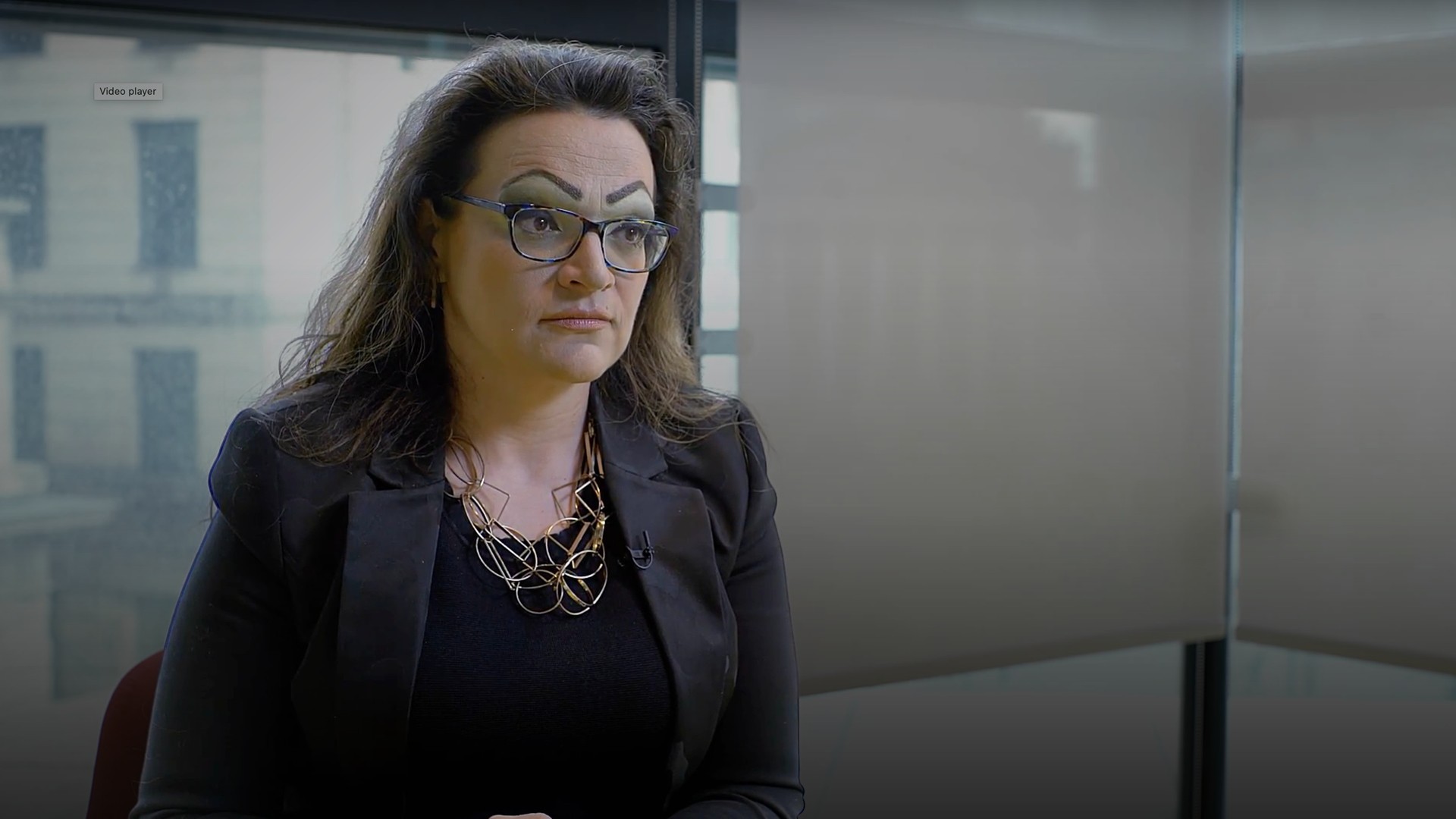
How does Open Banking work from a Technical Perspective?

Duena Blomstrom
20 years: Financial services & culture
Duena gives an introduction to open banking. She explains what it aims to solve, how it is implemented and how it is regulated.
Duena gives an introduction to open banking. She explains what it aims to solve, how it is implemented and how it is regulated.

How does Open Banking work from a Technical Perspective?
9 mins 32 secs
Key learning objectives:
Define Open Banking
Explain the purpose of Open Banking and how it works
Explain the current state of Open Banking and how it is regulated
Overview:
Open Banking addresses the problem that modern consumers hold accounts at multiple financial institutions. This reality makes it difficult for users to understand their finances as a whole. Open Banking uses APIs to display information from various sources into one place, often a third party.
What is Open Banking?
Open Banking refers to the idea that consumers have a right to see, and utilise their account information across their entire data portfolio irrespective of whether they are an account holder with only one or multiple financial institutions.
What is the purpose of Open Banking?
A consumer may have what is known as a “primary banking relationship” with one bank, where they receive their monthly wages and pay bills from, but they may hold multiple accounts with other institutions.
These would be considered “secondary banking relationships” and as a consumer, the more of these relationships you have, the harder it is to view and understand your entire portfolio and financial life as a whole, and that constitutes the problem which Open Banking aims to solve.
How does Open Banking work technically?
From a technical perspective, there is the concept of Account Aggregation which is the technical ability to utilise APIs (a set of clearly defined methods of communicating data across systems) and active or passive gathering of information to collect and display information from various sources for the benefit of the consumer.
In an overly simplified way, Account Aggregation is possible either in a closed or open fashion.
The closed approach allows for financial data to be screen scrapped by the provider who has been given the login credentials by the consumer. They are accessing the information on their behalf from the financial institution, where they hold an account, and bringing it back to the online or mobile bank they use as a channel for accessing this information. This happens irrespective of the willingness of the institution they have scrapped and without their active involvement.
By contrast, through the open method, all institutions can open that information through the use of API’s and offer it to other providers who wish to display it on behalf of the consumer.
Where is Open Banking implemented?
All over the world, there are different scopes of implementation of Account Aggregation. While the US paved the way, Australia and Iceland proved to be fast followers. These countries have seen Account Aggregation become a market standard quickly adopted and eventually demanded by the consumer.
What is Open Banking from a Regulation perspective?
From a regulatory perspective, the Payments Services Directive (now PSD2) was conceived to promote the development, the use of innovative online and mobile payments and data visibility through Open Banking.
This new regulation came into force in January of 2018 and it comes into full effect on the 14th of September 2019.
The regulation aims to not only democratise access to data for both consumers and service providers, but aims to do so in an open and secure fashion by standardising APIs and introducing strong security models.
The directive is split into two main parts:
- The “market rules” refers to the types of organisations that can provide payment services and opens the floor to other entrants aside from banks and government authorities
- The second part refers to the “business conduct rules” and defines the level of transparency of the information financial institutions need to provide to one another and the consumer. The regulation also makes a distinction between providers who will only provide information and those who will also action money movements on behalf of the consumer
What’s the current state of Open Banking, and what does the future hold?
Banks are currently in various levels of compliance with the directive as no clarity on sanctions or fines, regarding the inability to deliver, currently exists - which justifies a disproportionately relaxed attitude regarding readiness across the board.
Any new entrant can become the main relationship channel for the consumer to view and action their financial data, irrespective of who the backend provider of that account is.
It isn’t inconceivable that the financial institutions who lose the direct connection to the consumer in favour of these new entrants may still have to provide a service but in a wholesale “rails” capacity while the margins will go to the relationship holder.

Duena Blomstrom
There are no available Videos from "Duena Blomstrom"

